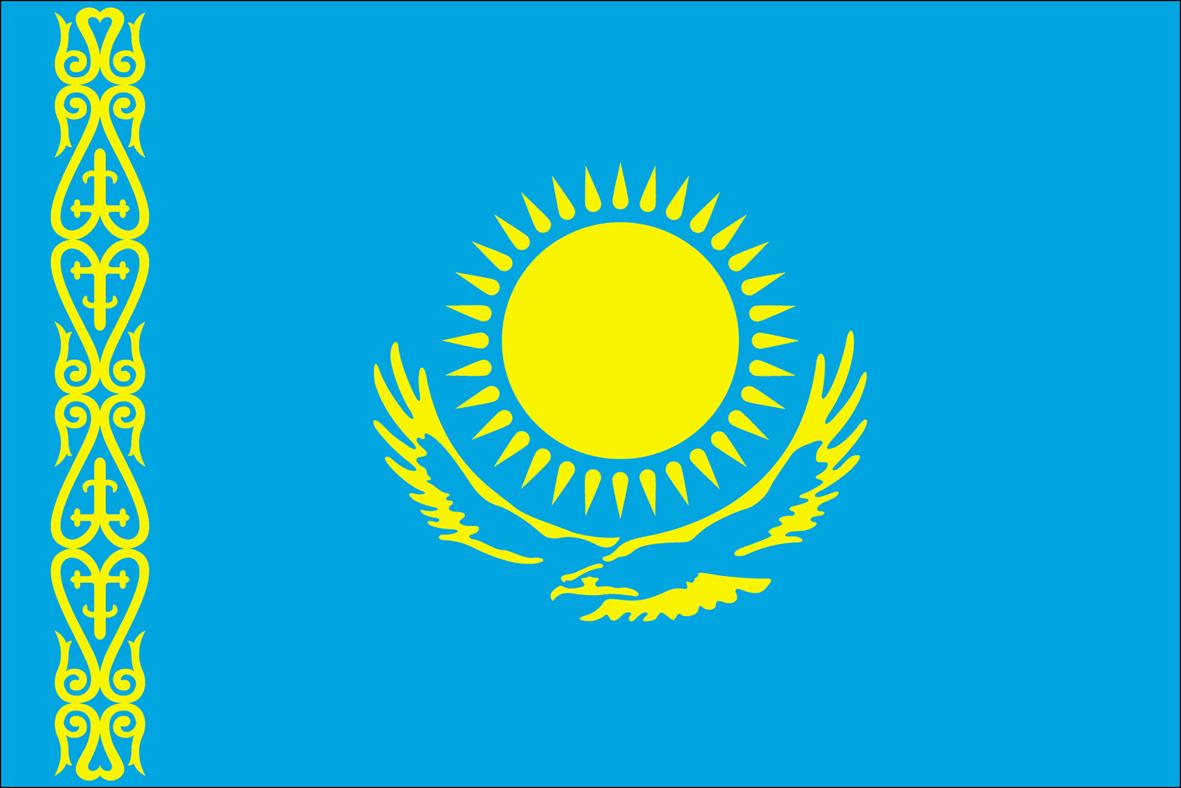Les pétroglyphes d’Asie centrale et la Route de la Soie
In certain areas of Central Asia, petroglyphs provide almost the only source of information on prehistoric routes of communication and the diffusion and migration of prehistoric populations. They have revealed that already in the 3rd millennium BC, there were contacts between Central Asia and the Himalayan region. The routes that were used by ancient populations are very similar to the ones that would later become the Silk Roads. The Nomadic Saka people, for instance, acted as links between China and the Persian and Hellenic Empires, and they contributed to the diffusion of precious objects and artefacts.




